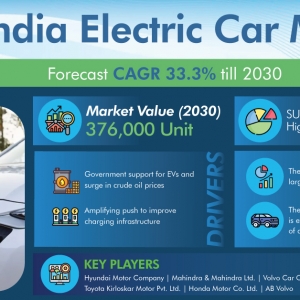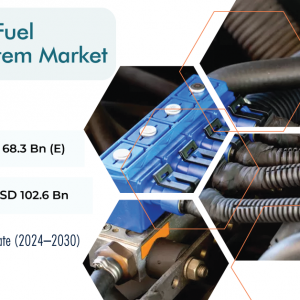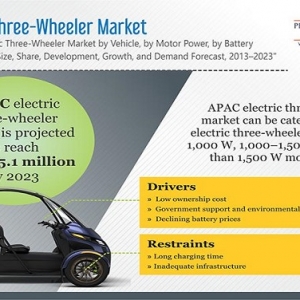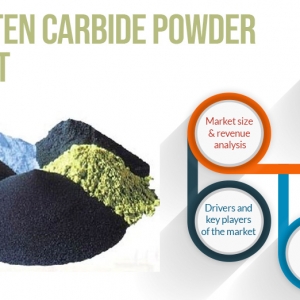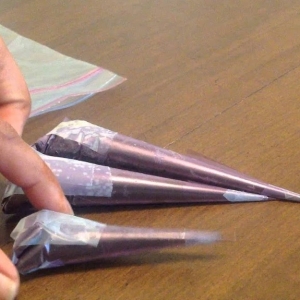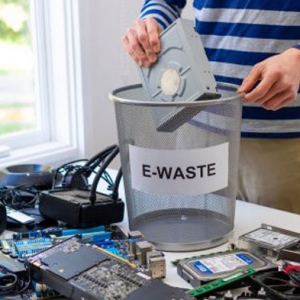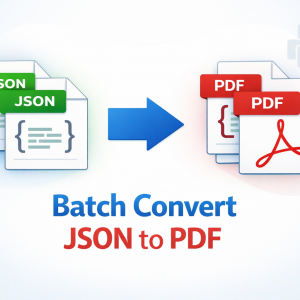In India, sales of electric motorcycles and scooters are soaring as a result of the country's growing pollution levels and more financial incentives from the government. As per P&S Intelligence, in 2030, it is predicted that the Indian electric scooter and motorcycle market would be worth USD 6,161 million.
Owing to the escalating need for zero-emission cars, favorable government laws, the growing desire for energy-efficient commuting, and growing fuel prices, two-wheeler manufacturers have been forced to look into alternate power supplies for the two-wheeled models.
The need for affordable two-wheelers is also fueled by the rising costs of ICE vehicles brought on by the introduction of BS 6 and the cheap maintenance costs of EVs.Additionally, federal, state, and municipal governments have recently implemented a number of programs to control automobile emissions, including purchase refunds, taxes exemptions, and financial benefits for EV customers. The government's increased emphasis on reducing pollution levels in the nation portends regulatory support for electric two-wheelers.
In India, scooters and motorcycles are responsible for 30% of the country's airborne pollution and 20% of its CO2 emissions. Recent government regulations have taken into account the requirement to electrify the fleet of two-wheelers. To address this, the national government has out a proposal in 2019 to have all two-wheelers up to 150 cc sold exclusively as electric vehicles by March 2025.
According to the FAME-II plan, the government offers INR 10,000 for each kWh of battery for a two-wheeler. This relates the demand incentive to the capacity of the battery.Moreover, the Ministry of Heavy Industries and Public Enterprises reports that the demand for electric two-wheelers has increased to nearly 5,000 units per week from 700 units per week prior to the modification of the FAME-II plan in June 2021.
In the upcoming years, electric scooters, particularly those with a medium top speed (40–80 km/h), will rule the market. Sales of electric scooters in this speed zone are being boosted in India by their wide availability, low cost, and feasibility as an alternative to traditional gasoline-powered mopeds.
Further, over 2 million scooters and motorcycles powered by gasoline are used for courier services, operating for several hours each day. Additionally, there is a greater need for two-wheeler vehicles for delivery due to the numerous food and beverage shop openings in the main tier-1 and tier-2 cities.
The major OEMs have taken advantage of this chance to persuade last-mile delivery companies to swap out their outdated vehicle models for more affordable, low-maintenance, and environmentally friendly alternatives.
The biggest two-wheeler industry in India is in Uttar Pradesh, where electric versions are also becoming more and more popular. Large tier-2 and tier-3 cities are increasingly in need of these vehicles.
Moreover, this sector benefits from the major OEMs' efforts on growing their market by extending their dealer network due to the significant growth possibilities in this state. The Times of India reports that Uttar Pradesh has the most registered electric car registrations, at 255,700.


